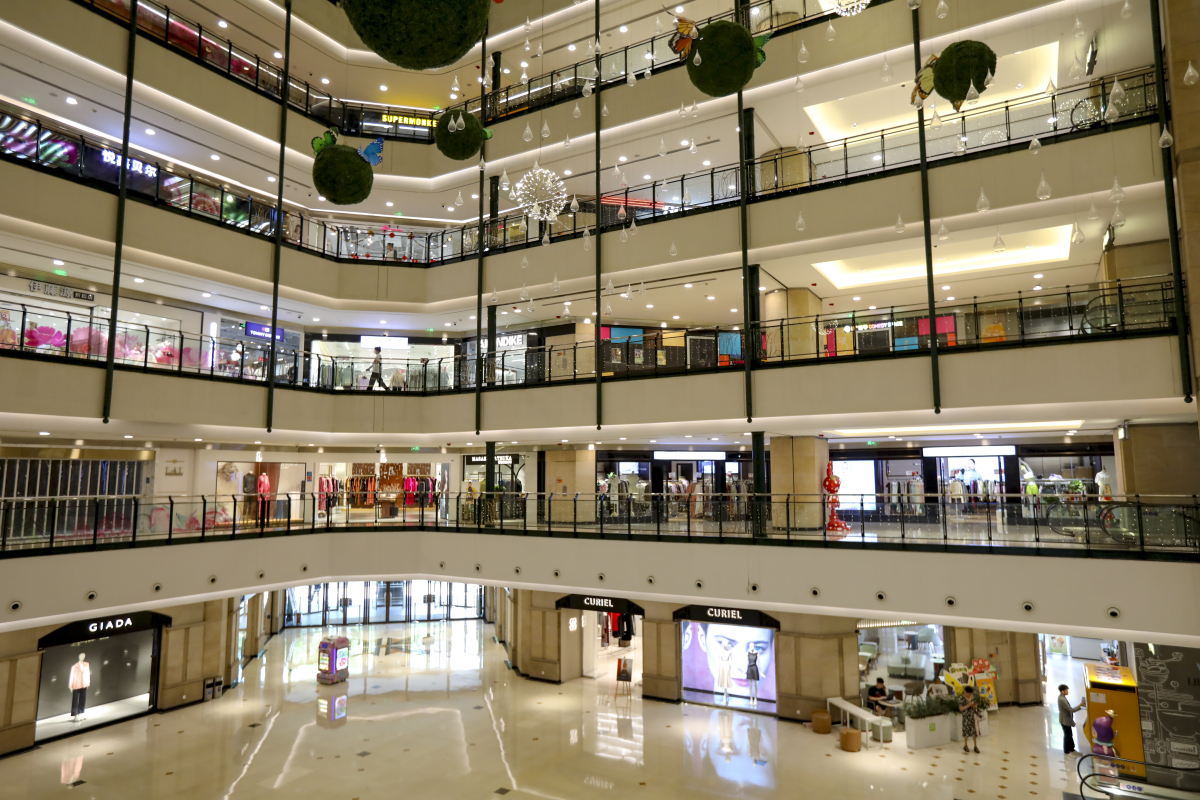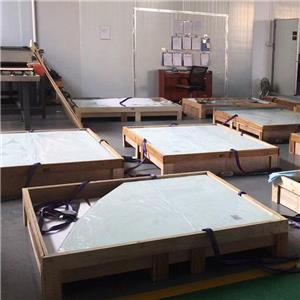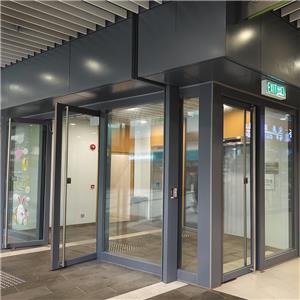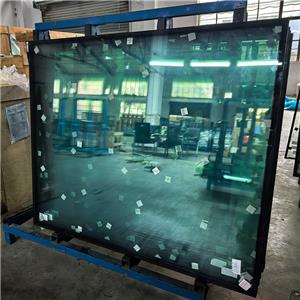The Critical Role of 2-Hour Fire-Rated Glass in Modern Shopping Malls
The Critical Role of 2-Hour Fire-Rated Glass in Modern Shopping Malls
Shopping malls, as complex public spaces with high occupant loads, demand rigorous fire safety strategies. 2-hour fire-rated glass—tested to withstand flames, smoke, and heat for 120 minutes—serves as a vital component in compartmentalizing fire hazards and ensuring safe evacuation. Its application is strategically mandated in several key areas:
1. Atrium Partitions and Perimeter Barriers
Large atriums, a hallmark of modern malls, create vertical openings that can accelerate fire spread. 2-hour fire-rated glass walls (typically Class A, offering both integrity and insulation) enclose these spaces, preventing flames and smoke from jumping between floors. For multi-story atriums, this glass must extend from the ground floor to the ceiling, forming a continuous barrier
2. Fire Compartments Between Tenant Spaces
To isolate high-risk zones like food courts, cinemas, or storage areas, fire-resistive glass partitions (Class C or A) create transparent divisions. These maintain visual openness while ensuring that if a fire breaks out in a restaurant kitchen, it won’t breach adjacent retail stores for at least two hours—critical for containment and firefighting

3. Elevator Lobbies and Stairwell Enclosures
Elevator shafts and stairwells act as chimneys during fires. Fire-protective glass (Class C) with a 2-hour rating is used in doors, sidelights, and full-height walls along escape corridors. This transparency reduces panic by allowing visibility into exit routes while blocking smoke ingress
4. High-Risk Service and Equipment Rooms
Rooms housing electrical panels, transformers, or HVAC systems require walls and doors with 2-hour-rated glass. Here, Class A glass is preferred for its insulation, preventing heat transfer that could ignite nearby materials. For example, a glass partition around a mall’s data server room protects both equipment and evacuees
.

5. Exterior Curtain Walls Near Property Lines
If a mall’s curtain wall is within proximity to adjacent buildings, 2-hour fire-resistant glazing (Class C) may be mandated in external windows. This prevents radiant heat from triggering fires in neighboring structures, complying with building codes on spatial separation

Selection and Installation Considerations
System Integration: Merely installing certified glass is insufficient. Frames, seals, and hardware must match the tested assembly (e.g., steel or ceramic frames with intumescent seals) to maintain the 2-hour rating
Supplemental Protection: In areas like atriums, automatic sprinklers are often paired with Class C glass to compensate for lower insulation, cooling the glass surface during a fire
Compliance: Always verify local codes. For instance, the IBC (International Building Code) specifies maximum sizes and heights for fire-rated glazing in exits
Conclusion
2-hour fire-rated glass transforms passive fire safety into an active life-preserving system in shopping malls. By deploying it in atriums, tenant separations, escape routes, and high-risk zones, designers balance aesthetics with non-negotiable safety. As innovations like nanosilicate laminates and hybrid insulated units emerge, this glass will further integrate fire resilience with energy efficiency—proving that transparency and protection can coexist




